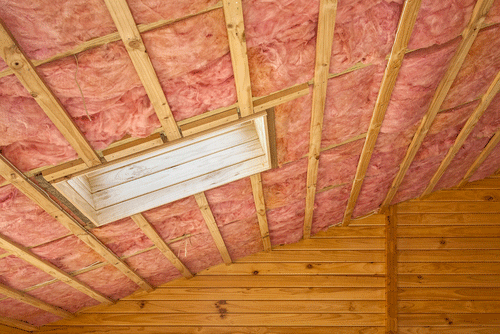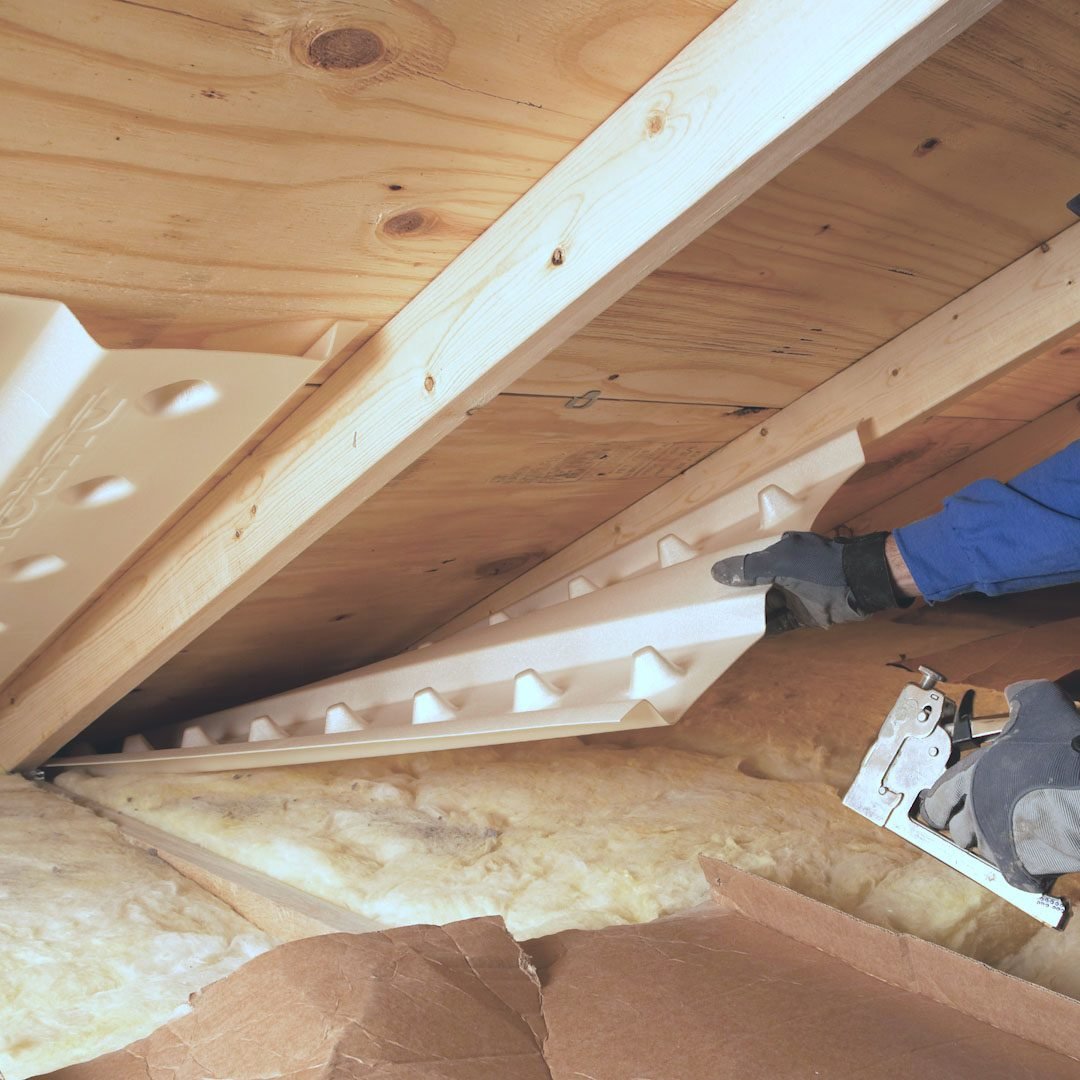Conserve Money and Enhance Convenience with Professional Attic Insulation DFW
Discover the Various Kinds Of Attic Insulation and Their Unique Benefits for Your Home's Power Performance

Fiberglass Insulation
Fiberglass insulation is just one of the most frequently used products for attic room insulation due to its exceptional thermal efficiency and cost-effectiveness. Made up of little glass fibers, this material efficiently traps air, creating a protecting barrier that assists keep constant indoor temperature levels. Its high R-value per inch makes it especially reliable at withstanding warmth transfer, which is vital for energy preservation in homes.
Installation of fiberglass insulation is reasonably straightforward, commonly readily available in batts or loose-fill types, accommodating numerous attic arrangements. Additionally, it is immune and non-combustible to wetness, reducing the threat of mold and mildew growth. This toughness adds to its longevity, making fiberglass a practical long-term investment for homeowners.
In addition, fiberglass insulation is frequently produced from recycled products, which improves its eco-friendliness. The material can additionally add to soundproofing, minimizing sound transfer between areas. While it is essential to put on protective gear throughout installation to avoid irritation from the fibers, the general advantages of fiberglass insulation, including energy financial savings and environmental considerations, make it a prominent option for improving attic room efficiency and advertising a comfy living atmosphere.
Spray Foam Insulation
Spray foam insulation is an extremely effective alternative for attic insulation, recognized for its exceptional air securing and thermal performance. This cutting-edge insulation product is made up of a mix of isocyanate and polyol resin, which, when integrated, expands swiftly to fill voids and cavities in the attic space. Its capacity to stick to different surfaces ensures a continuous barrier against air leakages, significantly lowering warm loss during cooler months and heat gain during warmer periods.
One of the key advantages of spray foam insulation is its high R-value per inch, which implies it provides outstanding thermal resistance in a fairly thin application. This is especially beneficial in attic rooms where area is commonly restricted. In addition, spray foam can help minimize moisture build-up, minimizing the threat of mold and mildew growth, which can be damaging to both the structure and interior air quality.
While the first cost of spray foam insulation may be more than conventional alternatives, its long-lasting power financial savings, coupled with increased convenience and enhanced home worth, make it a rewarding financial investment for house owners looking for enhanced energy effectiveness. Attic Insulation DFW. In general, spray foam insulation sticks out as a reliable service for optimizing attic room insulation
Cellulose Insulation

Cellulose insulation is a preferred selection for attic insulation, primarily made up of recycled paper products treated with fire resistants. This eco-friendly option is recognized for its exceptional thermal performance, efficiently lowering warm transfer in both summer season and cold weather. The thick structure of cellulose allows it to fill up voids and spaces in attic room areas, offering a seamless barrier versus air leakages.
Among the significant advantages of cellulose insulation is its ability to stand up to mold and parasites, owing to the fire resistant treatments used great site during manufacturing. Additionally, it flaunts a high R-value per inch, which translates right into exceptional power performance. Homeowners can expect reduced cooling and heating expenses as an outcome of boosted insulation.
Setup is usually completed via blowing loosened cellulose right into the wanted location, permitting a quick and effective procedure. This approach additionally decreases disruption to the existing framework. In addition, cellulose insulation has a fairly reduced ecological impact, as its production process makes use of recycled products, contributing to lasting structure methods.
Rock Woollen Insulation
Among the numerous options for attic insulation, rock wool, also called mineral woollen, sticks out because of its impressive thermal and acoustic performance. Made from recycled or all-natural materials, rock woollen is produced by thawing rock and spinning it into fibers, causing a product that offers superb insulation homes.
One of the considerable benefits of rock wool insulation is its high R-value, which suggests its effectiveness in withstanding heat flow. This particular not just boosts power efficiency but also adds to maintaining a comfortable interior temperature level year-round. Additionally, rock wool is naturally fire-resistant, making it a safer choice for homes as it can stand up to high temperatures without melting or releasing toxic fumes.
In addition, rock wool insulation succeeds in soundproofing abilities, properly decreasing sound transmission between spaces and from outside resources. Overall, rock woollen insulation provides a comprehensive option for boosting energy effectiveness, safety, and convenience in domestic setups.
Glowing Obstacle Insulation
Radiant barrier insulation works as an effective remedy for reducing warmth transfer in attic rooms, particularly in warmer climates. This type of insulation jobs by mirroring radiant warm away from living rooms, thereby decreasing the quantity of heat that enters a home during warm weather - Attic Insulation DFW. Usually made up of a very reflective product, such as light weight aluminum foil, glowing obstacles are installed in attics, dealing with the roofing, where they can obstruct inbound heat from the sun
The primary advantage of glowing obstacle insulation is its capacity to reduced air conditioning costs. By reflecting heat instead of absorbing it, glowing barriers can help keep a much more secure indoor temperature, lowering the workload on a/c systems. This performance converts into reduced power expenses and boosted comfort for house owners.
Along with power cost savings, radiant barriers can also add to boosted interior air top quality. By decreasing heat build-up, they aid reduce humidity levels, which can protect against mold and mildew growth and enhance total browse around this site air flow. When set up correctly, glowing obstacle insulation can be an important addition to any kind of energy-efficient home, making it a worthy consideration for homeowners looking to boost their attic room insulation method.
Final Thought
In conclusion, comprehending the different types of attic insulation-- fiberglass, spray foam, cellulose, rock woollen, and radiant barriers-- enables house owners to make informed choices pertaining to energy performance. By picking the proper insulation product, significant reductions in power costs can be attained, along with improvements in indoor convenience.

In final thought, understanding the numerous types of attic insulation-- fiberglass, spray foam, cellulose, rock wool, and radiant barriers-- makes it possible for property owners to make enlightened choices concerning power effectiveness.